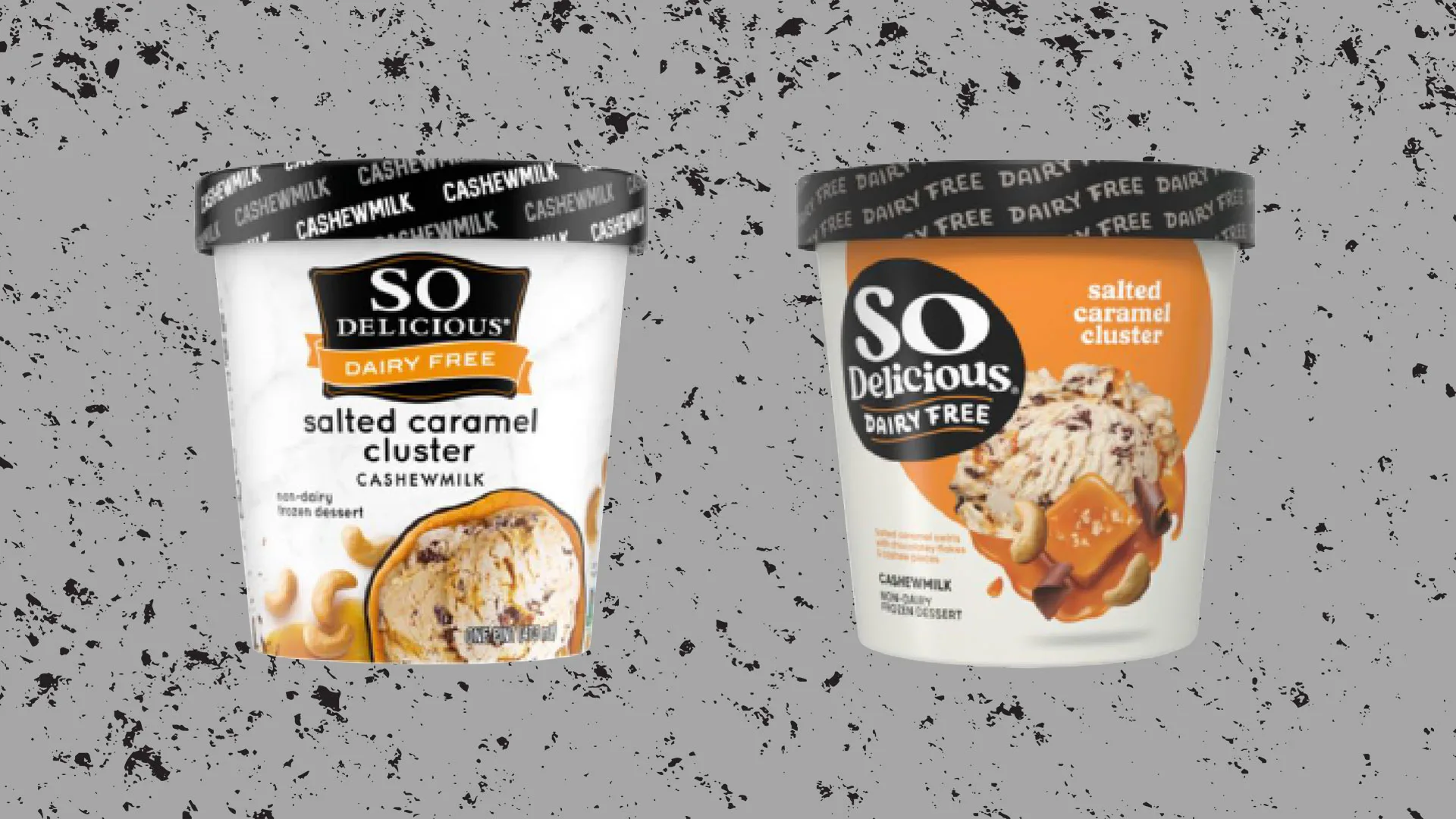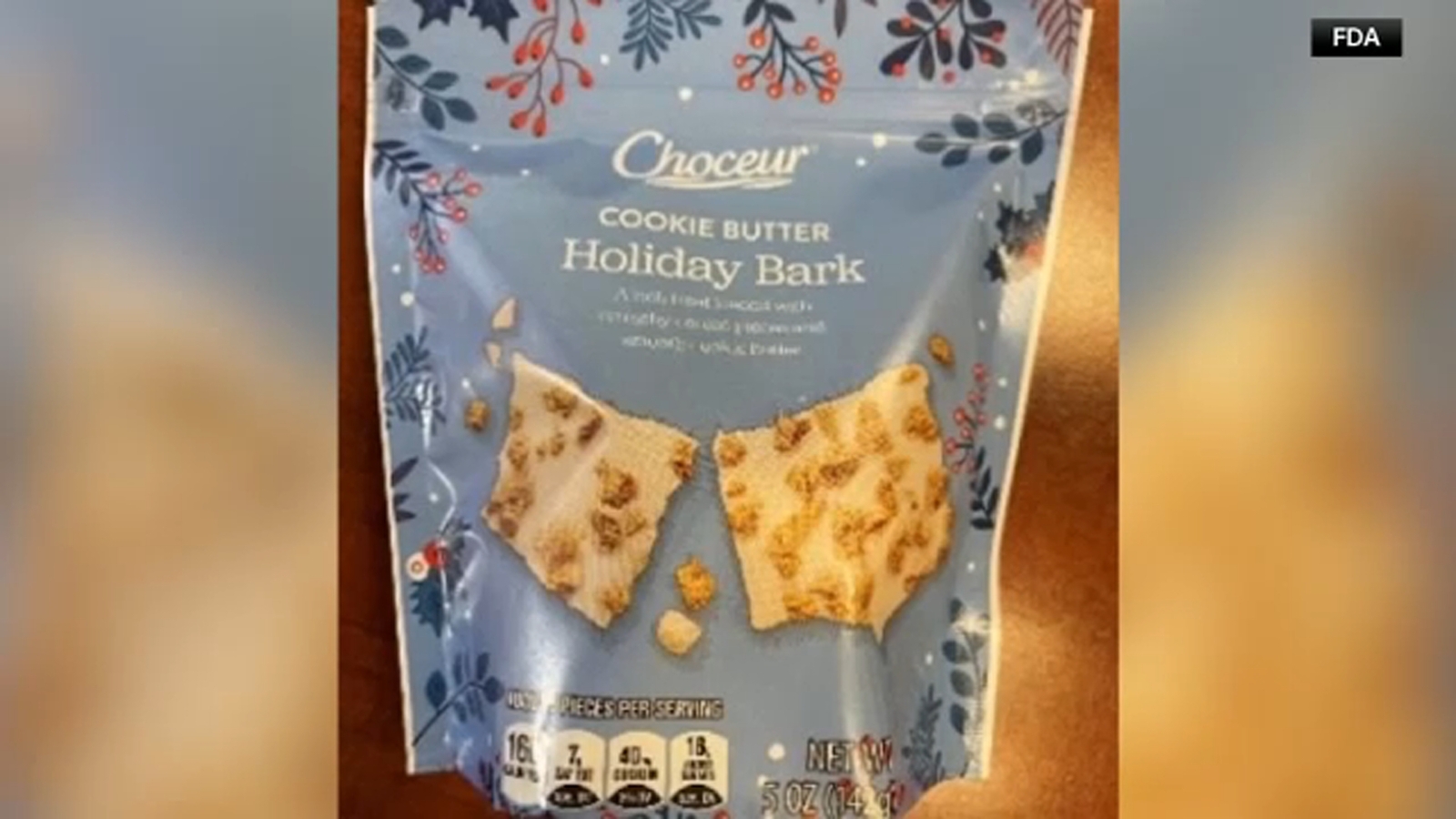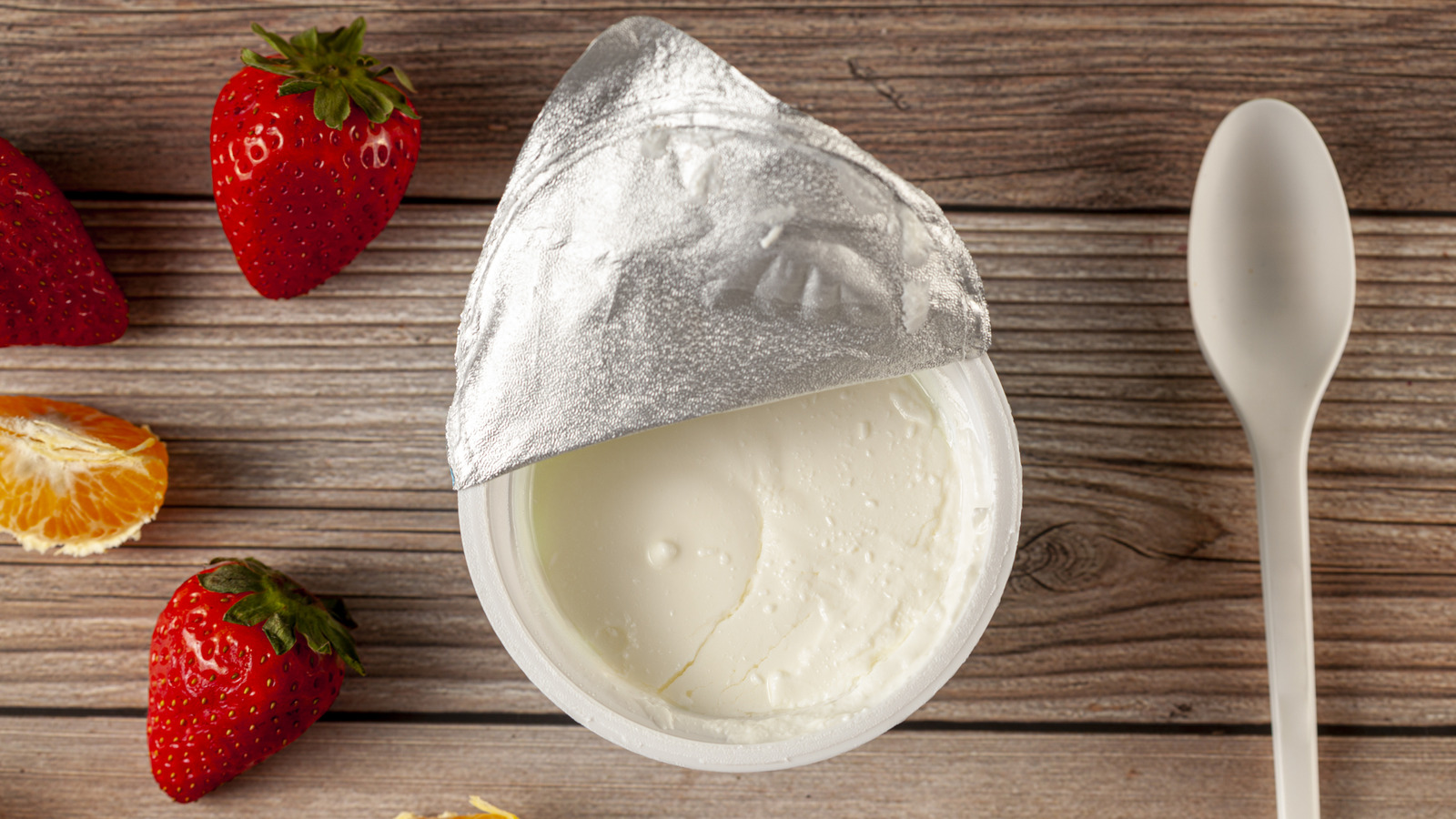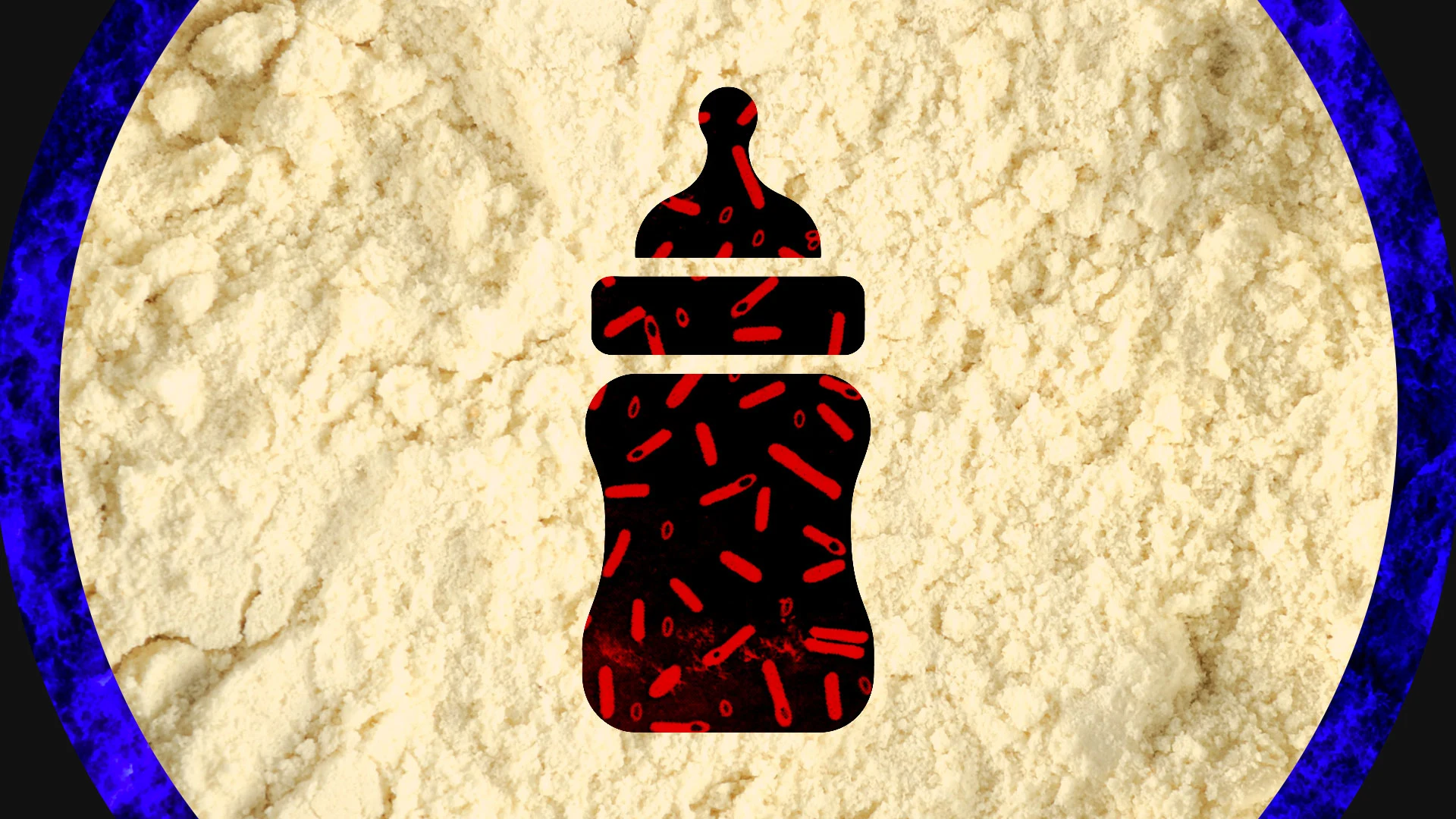fromTasting Table
4 hours agoThe Type Of Bagged Spinach You Really Don't Need To Wash - Tasting Table
She notes that Sprouts works closely with farmers near its stores, ones who commit to organic, non-GMO products and sustainable practices. That ensures the season's freshest produce, but when the product is packaged and "ready to eat," like bagged spinach, it must be thoroughly washed and labeled as such. That means you can literally eat it straight from the bag.
Public health




















